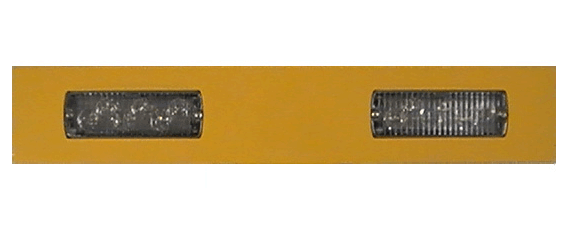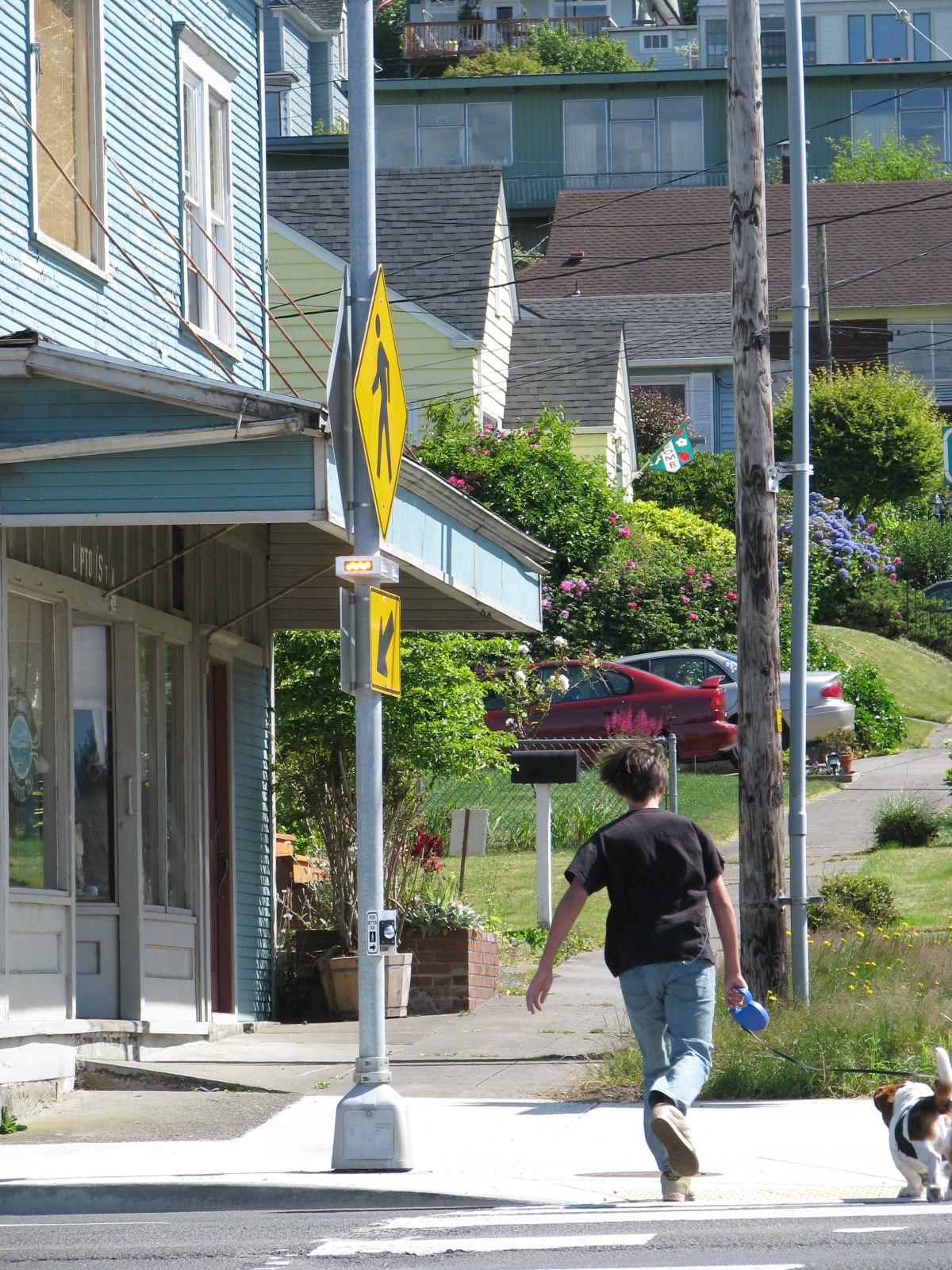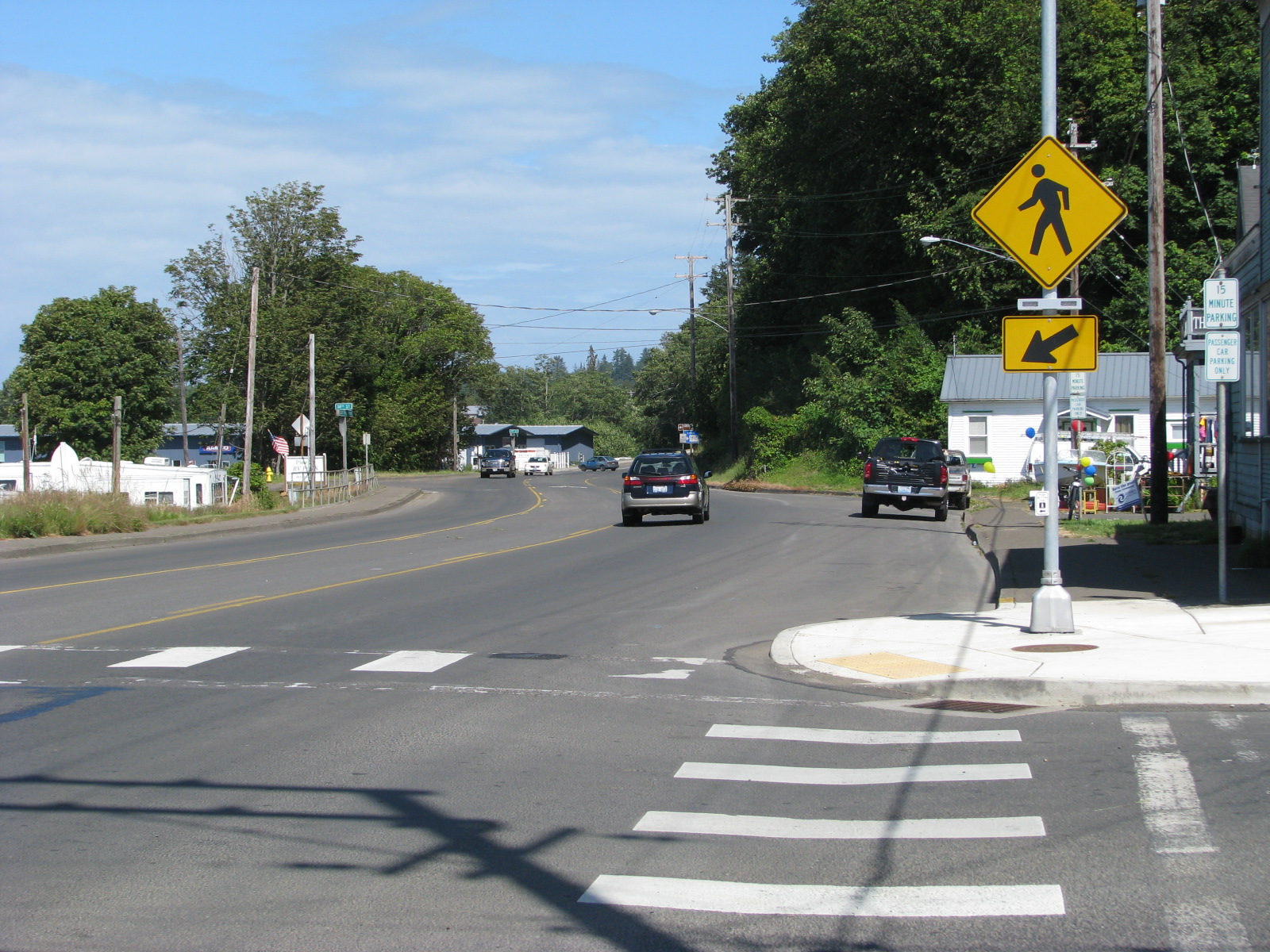












Whether you’re a driver, pedestrian, or citizen sitting comfortably at home awaiting a loved one’s return, roadway safety is essential. Vehicle versus pedestrian accidents often cause severe injury or death to the pedestrian. On average, one pedestrian was killed every 88 minutes in a traffic crash in 20171. Innovations that increase pedestrian roadway safety increase everyone’s sense of security.
One relatively new system designed to improve pedestrian visibility and safety that has received interim approval by the Federal Highway Administration (FHWA) is the Rectangular Rapid Flashing Beacon (RRFB). Much of the RRFB’s design is dictated by FHWA’s Manual on Uniform Traffic Control Devices.
These rules ensure that each RRFB signal is manufactured with the proper safety features. Uniformity also aids in reinforcing familiarity with the device so pedestrians and drivers know how to behave when encountering an RRFB.

An RRFB flashing beacon is a single or dual-sided rectangular light bar that houses two rectangular high-intensity amber yellow LED arrays. It is distinct from other flashing beacons because of its difference in shape, the intensity of the lights, and the lights’ flashing pattern.
A single-sided light bar has two RRFB signals and can be used on a divided highway or one-way street. The two-sided light bar has four RRFB signals (two on each side) and is used for two-way streets or medians. The lights are always aligned horizontally. Both styles are available with optional one or two end-mounted signals that light to inform pedestrians that the signal is active.
The RRFB light bar remains dark until it is activated by a pedestrian. Once activated, the lights flash per the FHWA’s specifications. The Class 1 RRFB lights are similar to what is used by police and emergency vehicles, making them better able to draw drivers’ attention than traditional traffic light beacons. Also similar to emergency vehicles, these lights flash in a wig-wag flickering pattern that is much faster than the blinking of other traffic beacons.
The FHWA does not have requirements for the light bar, making customization an option. Eltec offers RRFB light bars Federal Yellow and brushed aluminum light bars as standard options. Custom colors are also available and may be used to suit the color needs of the area, community, or the school zone at which the light is installed.
An RRFB is only used as a pedestrian conspicuity enhancement, meaning it should never be used as the sole source of pedestrian safety. They are used in conjunction with other measures, serving as a supplement to other pedestrian indicators. RRFBs installations must include a pedestrian crossing sign adjacent to an uncontrolled (unsignaled) painted crosswalk.
RRFBs are placed at intersections without signals as well as mid-block crosswalks and trails. RRFBs serve as crosswalk solutions for locations that are not controlled with nearby signalized intersections.
RRFBs are found to be most beneficial for multilane crossings with speed limits of 40mph or less. RRFB light bars are placed on both sides of a crossing to ensure maximum visibility for drivers.

The unit can be powered by AC power, or it can be powered by solar. Using solar power creates opportunities for applications in many areas, including those where bringing power to the street would be challenging. Solar installations also save on installation costs since no trenching or wiring is required.
Solar power systems are sized for individual applications and take the average number of crossings, hours of operation, available sunlight, and moderate weather conditions into account.
The RRFB is simple to use. The lights, which remain dark when not in use, are activated by a pedestrian. This can be done passively through video or microwave sensing or actively by requiring the pedestrian to push a button.

Once activated, the beacons begin to flash to notify drivers that someone is about to use the crosswalk. Pedestrians must still practice safe crossing habits, however. They must wait out of the road until the cars have stopped. They should then make eye contact with the driver to verify that they have been seen.
While crossing, the pedestrian should actively monitor the roadway, making sure to pay attention to all cars if someone fails to stop. Despite having the right-of-way, it’s always wise for a pedestrian to cross carefully and defensively.
Drivers should yield to pedestrians in crosswalks even if the RRFB has not been activated. When drivers see the RRFB has been activated, they must slow down and yield or stop if a pedestrian wants to cross or is in the crosswalk. Drivers should come to a stop at or before the painted crosswalk or other painted stop indicators. They must allow the pedestrian to pass through the crosswalk entirely before proceeding. This is true regardless of if the RRFB’s lights have stopped flashing. Always allow the pedestrian to cross safely before proceeding.
Other drivers should never attempt to pass a stopped car at any crosswalk, including RRFB crosswalks. An out-of-sight pedestrian may still be crossing, so they must stay in place until the lead car drives through the crosswalk. Then they should verify for themselves that there is no one in the crosswalk before proceeding through it.

The addition of the RRFB at intersection and midblock locations can make a remarkable difference in driver awareness and stopping patterns. Studies have shown that RRFBs increase driver compliance to approximately 80%-95%, up from the around 15%-20% range seen with standard beacons.
From the ease of use to the ease of installation, installing Eltec’s RRFBs is a straightforward solution for uncontrolled crosswalks located in any number of areas. With solar solutions, even rural areas can be made safer with the addition of an RRFB. Thanks to innovative pedestrian crosswalk technology used by companies like Eltec, Rectangular Rapid Flashing Beacons help light a safe way home for everyone.